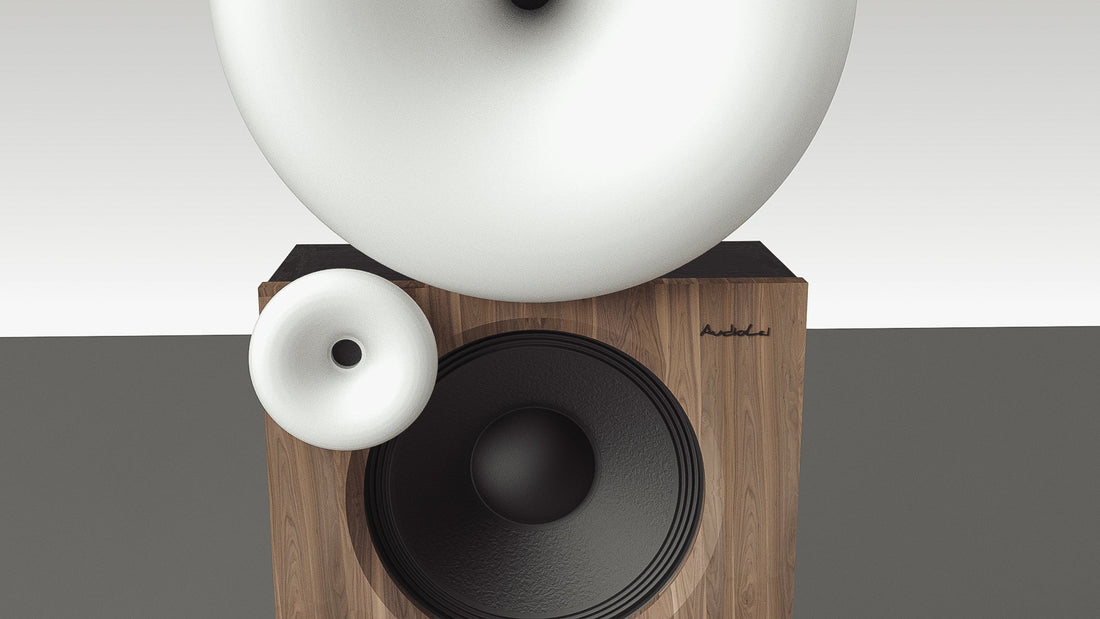
Difference between FIR and IIR filters
Share
Differences Between FIR and IIR Filters: An In-Depth Analysis
Digital filters are essential components in many signal processing applications, from audio to telecommunications to image processing. Among the most common types are FIR (Finite Impulse Response) and IIR (Infinite Impulse Response) filters, each with its own characteristics, advantages and disadvantages. In this article, we will explore the main differences between these two categories, analyzing their operation, design implications and typical applications.
1. Introduction to Digital Filters
A digital filter is an algorithm designed to modify or extract information from a discrete signal over time. The goal may be to eliminate noise, emphasize certain frequencies, or even model specific dynamics of the signal. The choice of filter type (FIR or IIR) often depends on specific requirements such as stability, phase linearity, computational complexity, and frequency response performance.
2. FIR (Finite Impulse Response) filters
2.1 Main Features
- Finite Impulse Response: The main characteristic of an FIR filter is that its impulse response becomes zero after a finite number of samples. This means that once the initial response is finished, the effect of a past impulse is exhausted.
- Phase Linearity: FIR filters can be designed to have a linear phase, which is essential in applications where waveform preservation is critical (e.g., digital communications and audio processing).
- Intrinsic stability: Being feedback-free (no recursive component), FIR filters are always stable by definition.
2.2 Design and Complexity
- Simple Design: FIR filter design is often done using techniques such as windowing or error-minimization optimization, providing precise controls over the frequency response.
- High Order: To achieve a tightly defined frequency response, FIR filters may require a high order (i.e., number of coefficients), thus increasing the computational load.
3. IIR (Infinite Impulse Response) filters
3.1 Main Features
- Infinite Impulse Response: Unlike FIR, IIR filters include a recursive (feedback) term in their design, which allows the impulse response to theoretically extend to infinity.
- Order Efficiency: Thanks to feedback, an IIR filter can achieve similar design specifications to an FIR but with much lower order, reducing the number of coefficients needed.
3.2 Design and Stability Considerations
- Continuous Analogue-Based Design: Many IIR filters are designed starting from analog filters (e.g., Butterworth, Chebyshev) and then transformed into the digital domain using techniques such as bilinear transformation.
- Stability and Phase Nonlinearity Issues: Feedback can introduce instability if the coefficients are not chosen correctly. Additionally, IIR filters tend to have a nonlinear phase response, which can be problematic in applications sensitive to phase distortion.
4. Comparison between FIR and IIR
| Characteristic | FIR | IIR |
|---|---|---|
| Impulse response | Finished (cancels after N samples) | Infinite (can theoretically last forever) |
| Stability | Intrinsically stable | Potentially unstable if poorly designed |
| Phase linearity | Easy to get | Difficult to maintain |
| Computational efficiency | Often requires a high order | Fewer coefficients for similar specifications |
| Typical applications | Communications, audio processing, applications where phase linearity is critical | Applications where computational complexity must be reduced and phase nonlinearity is acceptable |
5. Applications and Project Choices
- When to choose an FIR: If the application requires linear phase response (for example, in high-fidelity audio filtering or digital communications), guaranteed stability, and design flexibility, FIR filters are often the best choice, despite the potential increase in computational load.
- When to choose an IIR: In contexts where it is essential to obtain frequency response specifications with a reduced number of coefficients (for example, in embedded systems with limited resources), IIR filters represent a more efficient solution, provided that the risks of instability and phase distortion are correctly managed.
6. Conclusions
The choice between an FIR and an IIR filter depends heavily on the specific requirements of the application. FIR filters offer intrinsic stability and phase linearity that are ideal for critical applications, but can require a large number of coefficients, increasing computational complexity. IIR filters, on the other hand, achieve similar performance with fewer coefficients, but introduce stability and phase nonlinearity issues. A thorough understanding of these differences allows engineers to select and design the filter that best fits the needs of the system.
This comparison not only highlights the fundamental differences, but also helps to understand the trade-off between computational complexity and phase response quality, key elements in the design of signal processing systems.
